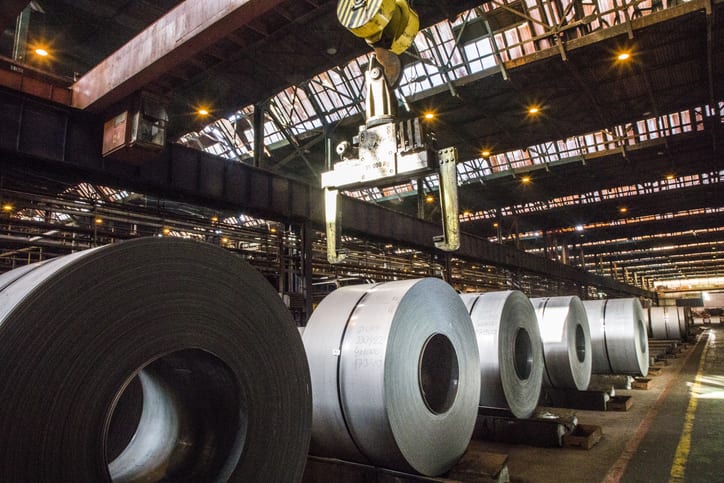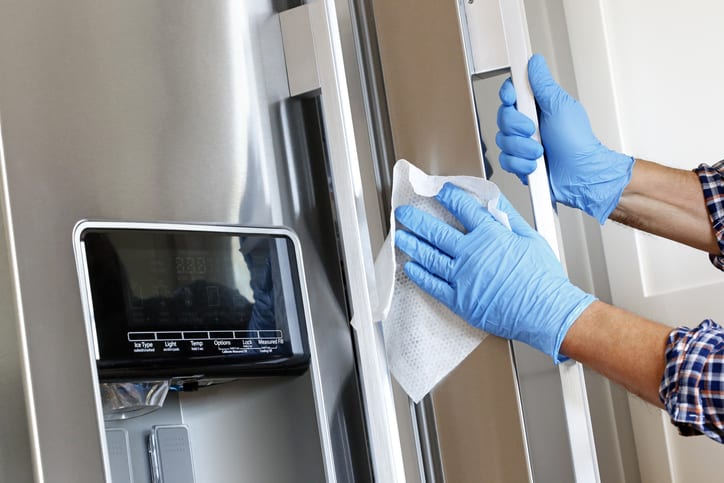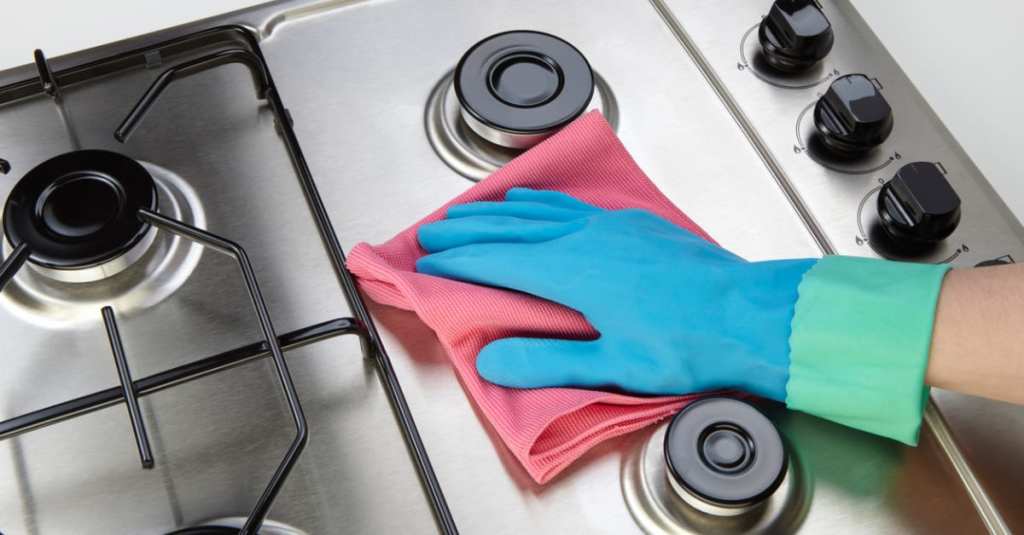Trending Now
If you’re like me, you may never have spent all that much time considering the reason the desirable appliances in your kitchen are called “stainless” steel.
I mean, it’s certainly not because they resist handprints, smudges, or smears from the dog’s snout, right?
But here we are, about to find out together why it was named such a thing, and whether or not the name is at all apt.
Let’s go!

Image Credit: iStock
Stainless is steel belongs to a family of material that have corrosion and oxidation resistant properties. They are resistant to both rust and unsightly blotches, and are generally a mix of iron and chromium – the latter of which produces a thin oxide film when exposed to oxygen and moisture.
Which basically means it repairs itself, meaning the object always appears smooth and shiny,
Krupp Iron Works, a German company, created an acid-resistant steel as early as 1908, and two other Germans, P. Monnartz and W. Borchers, are the ones who discovered that any metal containing at least 10,5% chromium had a great resistance to corrosion.
Across the pond in America, Elwood Haynes patented one type of stainless steel in 1911…right as another researcher, Harry Brearley, attempted to patent his own version. They ended up pooling their resources and founding the American Stainless Steel Company, after which items like cutlery, airplane parts, golf clubs, and others began to find their way to the market.

Image Credit: iStock
That said, there are four different types of stainless steel, and no, they’re not created equally.
#1. Austenitic
The most common variety is austenitic, which is about 65% of the market. It contains at least 16% chromium, and no more than 0.15% carbon, while typically including nickel or manganese for durability purposes.
It’s used in everything from silverware to cookware to industrial applications.
#2. Ferritic
Ferritic stainless steels contain around 27% chromium, as well as aluminum and/or titanium, but no nickel. They are highly resistant to corrosion, but are a bit less durable and tend to be more affordable.
You’ll typically find ferritic stainless used in mufflers, exhaust systems, kitchen sinks, and the like.
#3. Martensitic
If you’re looking for something extremely strong and durable, but perhaps a bit less resistant to corrosion, martensitic is what you want. It contains just 12%-14% chromium and small amounts of molybdenum and carbon, and a tiny bit of nickel.
They’re magnetic and are often used in projects where that quality is desirable or useful, like in a kitchen backsplash.
#4. Duplex
Duplex stainless steels have it all – they’re extremely durable and quite resistant to corrosion, and are usually formed from half austenitic/half ferritic stainless steels.
They’re primarily used in chemical plants and other places where durable and dependable piping is of urgent concern.
Down to the question of the day, though – “resistant” doesn’t mean “never will stain,” so basically these products are unlikely to stain, though the instance is not impossible.

Image Credit: iStock
All types of stainless steel are unlikely to show discoloration, blemishes, and other imperfections, but time and the elements will, eventually, get under it’s self-repairing skin.
The Gateway Arch, which stands over the east side of Saint Louis, Missouri, is a perfect example – after 5 decades of standing strong, signs of rust and decay can definitely be seen.
This is because the protective layer breaks down over time, leading to corrosion and pitting, and also, chemicals like chloride, hydrogen, and hydrogen sulfide can cause the film to stress and crack.
The more chromium in a product, the harder it will be to corrode, and those that contain a fair amount of nickel will be difficult to tarnish, but none of it is infallible.
Most household appliances are just stainless steel plated, not actually made of stainless steel, so if you have damage that goes deep enough to reach whatever material is underneath, there’s not much you can do.

Image Credit: iStock
Make sure you’re cleaning your appliances and other stainless products with the appropriate cleaner, and if you need tips or tricks on getting off a particular mark or stain, the internet is your friend – there are certain materials, like steel wool, that are definite no-gos.
And now you know – are you feeling a bit more like geologist right now, because I am!
Science for the win!






